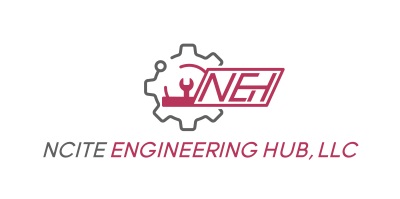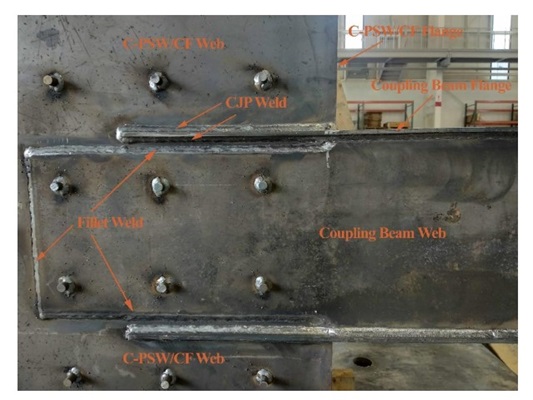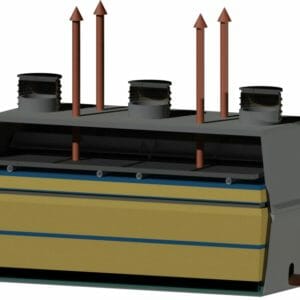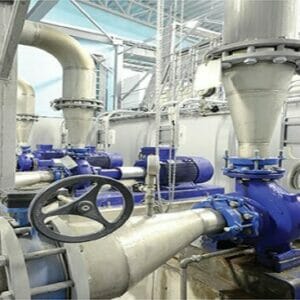E – 2093 Seismic Design and Detailing Requirements of Coupled Composite Plate Shear Walls / Concrete Filled (coupled C-PSW/CFs) According to ANSI/AISC 341-22 and ASCE/SEI 7-22 Codes
$75.00
The objective of this course is to assist a licensed design professional, practicing structural engineers, forensic structural engineers, consulting engineers, building officials, educators, students and/or a licensed general contractor to deeply know, and understand the seismic analysis, design and detailing requirements of coupled composite plate shear walls /concrete filled (Coupled C-PSW/CFS) according to ANSI/AISC 341-22 and ASCE/SEI 7-22 codes. The importance of this course lies in the fact that the new current version of ASCE/SEI 7-22 code described this system as a distinct seismic force-resisting system. Unfortunately, there are not a sufficient number of references dealing with this topic, so the course was designed to be an important guide for the structural engineers working in this field.
Composite Plate Shear Wall / Concrete Filled (C-PSW/CF), also known as the SpeedCore system, is an efficient seismic force-resisting system for buildings, which was already addressed in ASCE/SEI 7-16. Coupled C-PSW/CF are more ductile and have more redundancy than uncoupled composite plate shear walls, but ASCE/SEI 7-16 did not assign them seismic design coefficients in Table 12.2-1. A FEMA P695 study was conducted to substantiate the design coefficients that should be used for such coupled C-PSW/CF structures. Adding this as a separate category in Table 12.2-1 was important because modern high-rise buildings often have elevator core wall systems; many of these core walls could utilize the coupled C-PSW/CF systems. Two line items featuring this system are now added to ASCE/SEI 7-22 Table 12.2-1 under Building Frame Systems and Dual Systems with Special Moment Frames. R = 8, Cd = 5.5, and Ω0 = 2.5 are the design coefficients in both line items. The height limits are the same as for corresponding uncoupled isolated wall systems.






